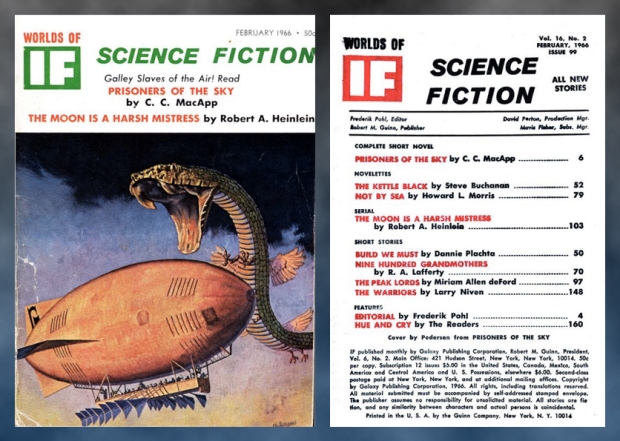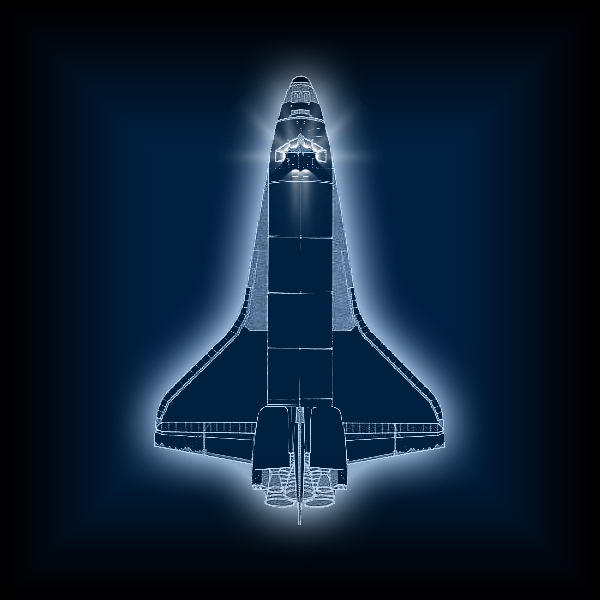So, I learned a new word yesterday: kathenotheism.
It describes belief in a sequence deities and a succession of supremacy. Veneration of a series of deities, each in turn, might be painted as the theological equivalent of respect for the office of the presidency rather than of any given office holder. Both the term and concept are new to me and I’m fascinated.
Given my long-standing curiosity about non-Christian faiths and Greek mythology in particular, it seems odd that this did not cross my radar much sooner. Kathenotheism should have come up during an examination of the Smarta Tradition of Hinduism if not of Orphism.
In Astral, the novel-in-progress, there is a faction that might have developed a faith separate and distinct from other groups in their society. Now I will probably have this one-by-one Supreme Being notion be part of their religion.
My introduction to kathenotheism came during research into what’s called “conreligion” by some. This is the practice, related to conworlding, of constructing a fictional religion – usually for a roleplaying game setting or work of fiction. Apart from the gods themselves, ritual practices, and creation myths another aspect of this effort can be making a determination as to whether society is regressive, progressive, or cyclical.
In more than a few religions the Earth was created perfect and has been losing ground ever since. This was part of the Aztec view and is found in some movements within Hinduism. In both the current Age is held to be the worst of four or five. In Vedic belief the next Age with be newly Golden. Hesiod, in his “Works and Days”, wrote of something similar but says little to nothing about starting again.
In politics there is a theory some espouse that our nation was at its best at some time in the past. The phrase “Greatest Generation” can be seen as the equivalent of a high-water mark. The myth of the Golden Age is the primary underpinning of cries of “taking the country back”. Though common today it is hardly a new perspective.
I’m more optimistic; I learned at least some of my humanism and idealism from Gene Roddenberry, after all. I am a bit skeptical about whether we’ll achieve the kind of utopia he imagined but I do agree with Martin Luther King, Jr.: “The arc of the moral universe is long, but it bends towards justice.”
In his response to the Montgomery bus boycott, Dr. King was making a reference to Theodore Parker from almost a century earlier: “I do not pretend to understand the moral universe; the arc is a long one, my eye reaches but little ways; I cannot calculate the curve and complete the figure by the experience of sight; I can divine it by conscience. And from what I see I am sure it bends towards justice.”
If the path of history is not progressive we can still want it to be. Write and work to help guide it in that direction. Any and every virtue can be used in place of “justice” in the quotes above. If entropy is a strong factor in societal development we have to wonder why any civilization achieves any greatness at all – let along begins in the first place.
Historically and globally, we humans have been worried about ‘how it will all end’. Changing that to a concern with an endpoint would, I think, be preferable. We’re also a species rather obsessed with our own free will and intellect. Ages come and go, kath’ héna (καθ’ ἕνα). Going with the flow while circling a metaphorical drain belies those aspects of which we are so proud.
For that faction in Astral I may be trying to combine both progressive and regressive trends with a cyclical pattern. I’ve taken a line like the one traced in a seismogram or encephalogram (etc.) and twisted it along a spiral.

If there is any truth to the cyclical nature of Ages and if effort to build and maintain virtue (including justice), peace, and harmony can make this Age better than we find it – maybe the next Age can be even better. I don’t think it matters if we ever have proof.






